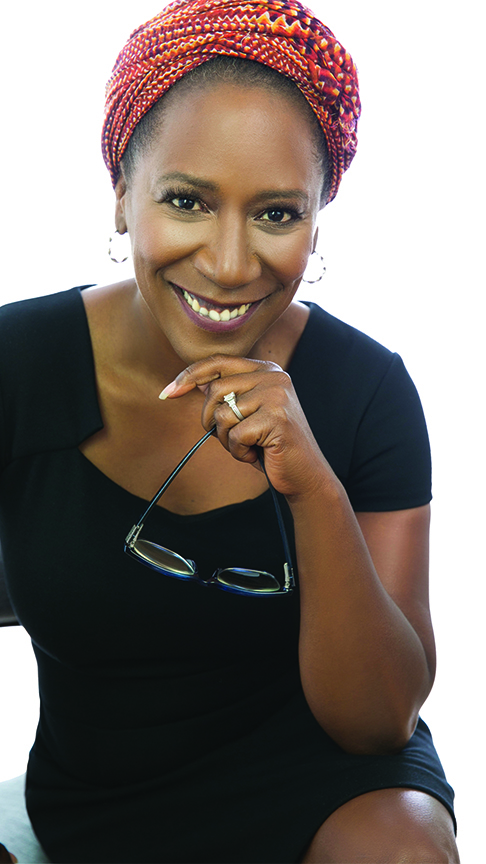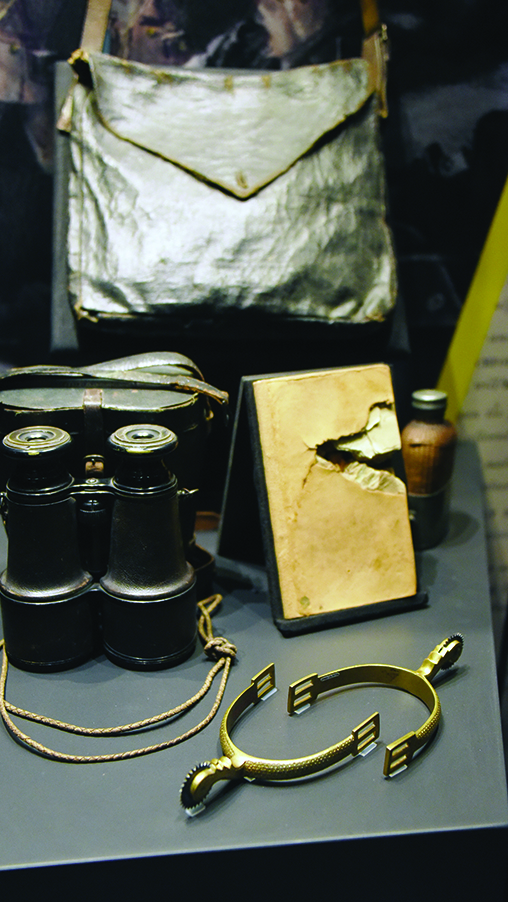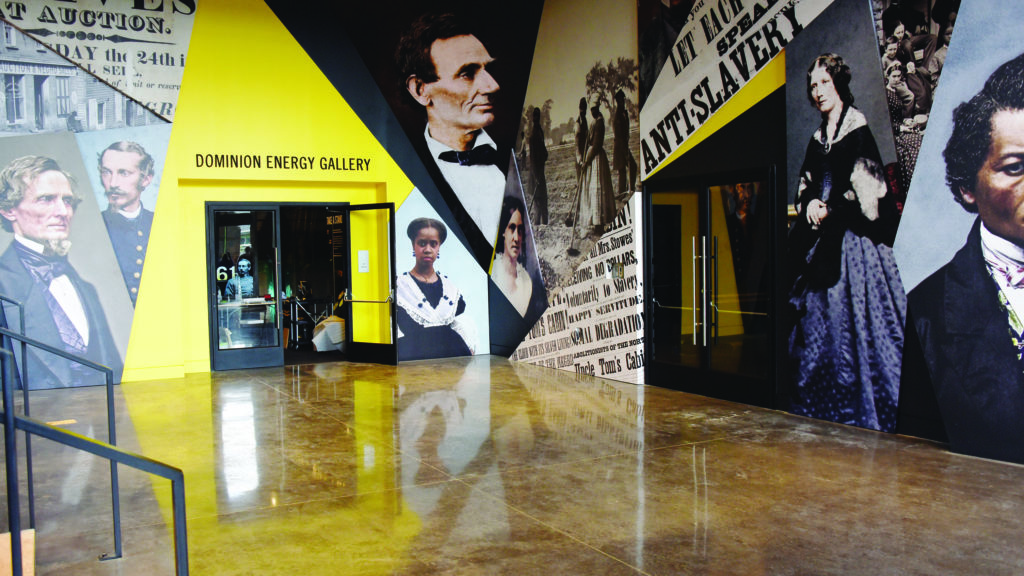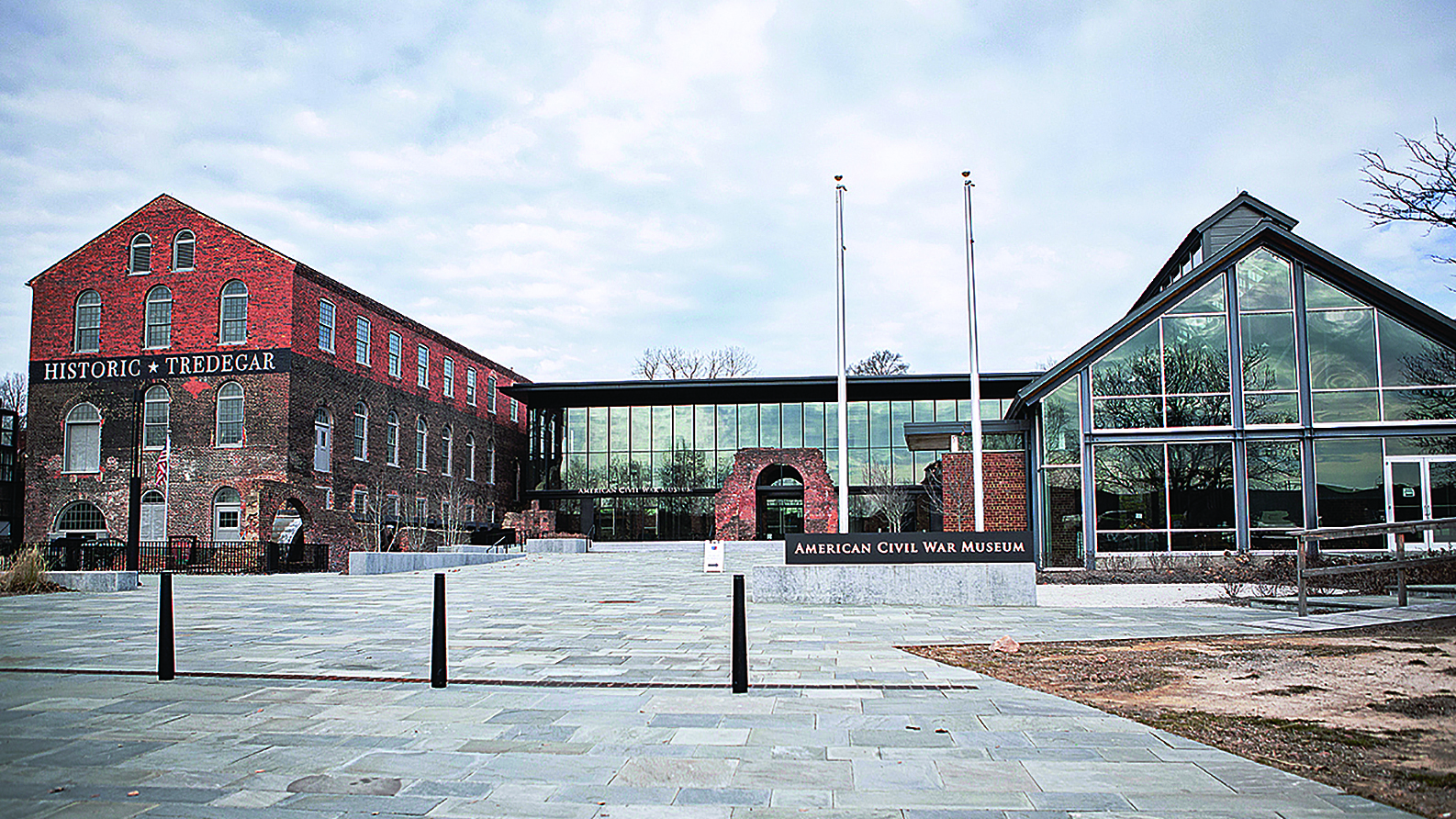CEO of newly redesigned American Civil War Museum talks about creating a diverse narrative of an American crisis
Christy Coleman is chief executive of the American Civil War Museum in Richmond, Virginia. That facility resulted in 2013 from the merger of the Museum of the Confederacy and the American Civil War Center at the Historic Tredegar Iron Works, also in that city. Coleman, who had headed the latter since 2008, earlier held senior positions with the Colonial Williamsburg Foundation and was president and CEO of the Charles H. Wright Museum of African American History in Detroit, Michigan.
How did the public react to the museums’ merger? Some in Richmond worried that the story of the Confederacy would be lost, but most people have lauded the merger, which simply places Confederate history in the larger narrative of an American crisis. Richmond is a diverse city continuing to reconcile and embrace its rich past. It no longer chooses to be solely defined by four years.

You’ve said that you want to present the war from multiple points of view and burst “comfortable myths.” We look at this conflict through the lenses of the people who lived through it, and their voices were diverse: Indigenous people, enslaved and free African Americans, immigrants, and whites with a variety of views. We deliberately present political, social, and military histories and display how people lived. There are many myths about the Civil War—some benign, some pernicious. We’ve learned that the war was nuanced and complex. Documents, artifacts and records speak their own truths, if we let them.
What are some pernicious myths? One is that African Americans were mere beneficiaries of the war rather than active participants—whether by advocating for the war to abolish slavery or running away and disrupting the Southern economy. Another myth is that women were not involved, when some worked at the front, including Mary Edwards Walker, a surgeon and the only woman ever to win the Medal of Honor.
Has the wartime experience of enslaved African Americans gotten too little attention? For well over a century, there were deliberate efforts to remove the centrality of the African-American experience to the Civil War, resulting in a false dichotomy: either the Confederacy wasn’t fighting to defend slavery or the United States went to war to end slavery. Neither statement is accurate. These common misconceptions strip the black people who lived through that conflict, free or enslaved, of agency.

You want to test the premise that historical presentations can “promote and disturb in a constructive way.” We’ve been looking closely at Reconstruction, which is often depicted as a failure but wasn’t—it was abandoned. And we’ve examined the extension of civil rights not just for African Americans but for other ethnic Americans who were finally given equal protection under the law and citizenship rights through ratification of the 14th and 15th amendments. Our primary exhibit looks and feels different from most Civil War exhibitions. It’s vibrant and people-centric without losing sight of the fact that this was a devastating war. The public trusts our work because it’s supported by objects, letters, and artifacts. Visitors can see it all with their own eyes. If new research reveals new truths, we have a responsibility to bring that information to the fore—no matter how uncomfortable. I think every program and exhibit mounted at ACWM since 2014 has reflected this idea.
An image of President Abraham Lincoln amid the ruins of Richmond just after Robert E Lee’s surrender disturbed some visitors. You’re referring to a painting that belongs to the Chicago History Center, which had loaned it to the Civil War Center. A few self-described Confederate Heritage proponents took issue with its hanging in our core gallery. The majority of guests were thrilled to have the iconic image on display.
At Colonial Williamsburg, you proposed and participated in a simulated slave auction. That was in October 1994, and it was among the most profoundly important things I’ve ever done in my career. It was an emotionally wrenching performance—and had to be, because that’s what was it like for millions of enslaved people who were stripped from their homes and families to help build this nation. It was stressful because I became the face of a prominent institution, and the press and public scrutiny was unlike anything I’d ever experienced.

You served on the Richmond city commission that studied the future of the Confederate statues that line Monument Avenue. What did you learn from that experience? The most important lesson was about active listening and servant-leadership. Both were required to produce recommendations reflecting the views of thousands of residents and other concerned people. We consulted with leading historians and used the best scholarship available. The result was a considered and important first step that must move through local and state government before implementation.
The Civil War was a polarizing struggle, and the country is polarized today. Does the war offer lessons on which everyone can agree? Come visit the museum and determine that for yourself.
This interview appeared in the December 2019 issue of American History.





